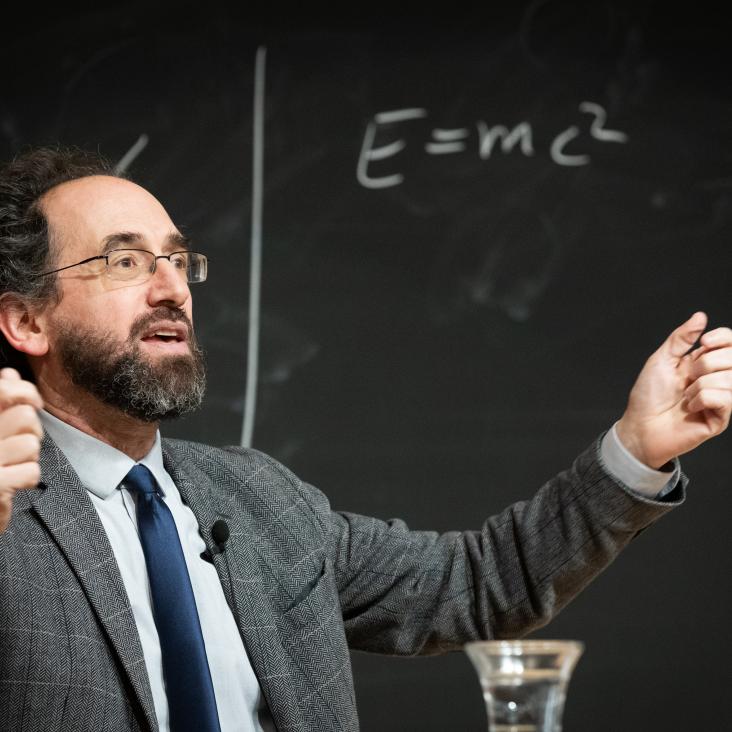Kekulé spirals and charge transfer cascades in twisted symmetric trilayer graphene
Abstract:
We study the phase diagram of magic-angle twisted symmetric trilayer graphene in the presence of uniaxial heterostrain and interlayer displacement field. For experimentally reasonable strain, our mean-field analysis finds robust Kekulé spiral order whose doping-dependent ordering vector is incommensurate with the moiré superlattice, consistent with recent scanning tunneling microscopy experiments, and paralleling the behavior of closely related twisted bilayer graphene (TBG) systems. Strikingly, we identify a possibility absent in TBG: the existence of commensurate Kekulé spiral order even at zero strain for experimentally realistic values of the interlayer potential in a trilayer. Our studies also reveal a complex pattern of charge transfer between weakly and strongly dispersive bands in strained trilayer samples as the density is tuned by electrostatic gating, that can be understood intuitively in terms of the “cascades” in the compressibility of magic-angle TBG.
Conformal field theory approach to parton fractional quantum Hall trial wave functions
Chern-Simons Modified-RPA Eliashberg theory of the ν = 1/2 + 1/2 quantum Hall bilayer
Abstract:
The ν = 1/2 + 1/2 quantum Hall bilayer has been previsously modeled using Chern-Simons-RPAEliashberg (CSRPAE) theory to describe pairing between the two layers. However, these approaches are troubled by a number of divergences and ambiguities. By using a “modified” RPA approximation to account for mass renormalization, we can work in a limit where the cyclotron frequency is taken to infinity, effectively projecting to a single Landau level. This, surprisingly, controls the important divergences and removes ambiguities found in prior attempts at CSRPAE. Examining BCS pairing of composite fermions we find that the angular momentum channel l = +1 dominates for all distances d between layers and at all frequency scales. Examining BCS pairing of composite fermion electrons in one layer with composite fermion holes in the opposite layer, we find the l = 0 pairing channel dominates for all d and all frequencies. The strength of the pairing in these two different descriptions of the same phase of matter is found to be almost identical. This agrees well with our understanding that these are two different but dual descriptions of the same phase of matter.


